#SouthKorea
South Korean Hyundai Workers Didn't Strike This Year!
After eight consecutive years of striking, South Korean Hyundai employees decided to take a season off. Preliminary reports are indicating that the workers’ union has reached a tentative wage agreement with the automaker, resolving any need to picket.
Top-notch negotiating skills likely played a role, but union members also noted that it was best not to temp fate. According to Reuters, the group said it had considered “the uncertain political and economic situation” before agreeing to terms. That’s a reference to the degrading political situation between South Korea and Japan, as well as the ongoing Sino-American trade war.
QOTD: Trucking Awful Nineties Design From Asia?
Today’s QOTD marks the last post in the Nineties design discussion on which we embarked in the beginning of May. We discussed the good and bad points of Nineties design from America, Europe, and Asia. SUVs and trucks were off-limits initially, until we focused solely on them starting in June. As our final entry in the Nineties, we talk bad SUV and truck design from Asia.
QOTD: Trucking Great Nineties Design in Asia?
In today’s QOTD we conclude the discussion started a couple of weeks ago when we asked for the best-aged truck and SUV designs from the Nineties. First up were American brands, followed by Europe last week. Over 10,000 of you (probably) agreed with sample submission Discovery II last week; let’s see how well this week’s Asian selection sits.
QOTD: Terribly Aged Nineties Vehicles From Asia?
Today’s Question of the Day is a continuation of the styling theme we’ve had of late. The discussion centers around cars of the 1990s that aged poorly. First, we accepted submissions from America, followed up last week by Europe.
Today, we head east and consider Asia.
QOTD: Graceful Nineties Aging From Asia?
The past couple of Wednesday editions of Question of the Day have been full-on Nineties design in their subject matter. First, we considered American marques, before moving on last week to the European set. This week we’ll do it once more, talking about Asian car designs from the Nineties that still hold up today.
Break out your soap bar memories.
Genesis Previews G70's New 3D Instrumentation
Everyone who spends the majority of their time obsessing about cars seems to low-key adore the Genesis G70. It’s handsome, comfortable, and apparently handles like a sports sedan should. The dealership will even sell it to you with a manual transmission and rear-wheel drive if you can live without the 365-horsepower twin-turbo 3.3-liter V6. It also undercuts the starting price of its self-selected rival, the BMW 3 Series, by a full ten grand — softening the blow of any shortcomings it may possess.
However, there is one aspect that puts it a step behind its more-expensive competition. The G70 still uses analog instrumentation in conjunction with its digital interfaces. While this is a non-issue for many enthusiasts, as most electronic gauges simply mimic traditional clusters (and sometimes rather poorly), the general public expects premium autos to have the most-flashy tech available.
Genesis is remedying the situation in South Korea as read this. But, rather than than simply bringing the G70’s display up to the bar, it has decided to do a front flip over the status quo by offering what it claims is the world’s first 12.3-inch 3D instrument cluster.
Junkyard Find: 2000 Daewoo Leganza SE
Daewoo wasn’t a well-known name in North America in the late 1990s, though quite a few Daewoo-built Pontiac Lemans cars were sold here during the 1988-1993 period. For the 1999 model year, a trio of Daewoo-badged cars appeared on these shores: the Lanos, the Nubira, and the Leganza.
The Leganza was the most luxurious of the Daewoo triumvirate (the bloodline of the Lanos lived on here after Daewoo departed the continent in 2002, as the Chevrolet Aveo and then the Sonic), and I photographed this crashed ’00 in a California self-service wrecking yard.
QOTD: What's Your Sketchiest Used Car Buying Experience?
For most people, not having a brand new car sort of budget can mean scrounging around on AutoTrader, Cars.com, eBay, or even the ever-professional Craigslist for used vehicles. The resulting experiences end up shaping the future of our car ownership, our finances, and perhaps our legal situations in some cases.
Today we want you to know about your sketchiest used car buying experience.
Buy/Drive/Burn: Untouchable Large Luxury Sedans of 2018
Our last few entries in the Buy/Drive/Burn series have been stuck in the 1990s, and we’ve had a request recently to talk about something a bit newer, perhaps even… current. While you recover from your immediate shock, I can assure you we aren’t going completely mainstream. No talking about boring everyday things. No, these three will likely all qualify as Rare Rides subjects in the future, assuming I’m 70 years old and there’s still an Internet media (hopefully there isn’t).
Three untouchable large sedans, all of them trading on their luxury intentions. Remember, you only get to burn one, and one has to go home to your garage.
U.S., South Korea Reach Trade Deal; No Korean-built Hyundai Pickups in America's Future
The United States and South Korea reached a free trade agreement on Monday that spared the Asian country from punitive steel tariffs, assuming Seoul keeps an eye on just how much steel it sends to American buyers.
A quota on Korean steel exports means the country can only sell 70 percent of its recent average (2015-2017) to the U.S., though it is hardly Korea’s largest export market. The deal, reached “in principle” ahead of both countries’ meetings with North Korean leader Kim Jung UN, will also see South Korea raise the limit for U.S.-made vehicles that needn’t conform to local safety standards from 25,000 to 50,000.
It’s good news for the Trump administration, but not everyone’s thrilled. Hyundai’s union is hopping mad that a steep tariff on Korean-built pickups — which was set to expire in 2021 under the previous agreement — was just renewed for another 20 years.
Take the Cash, Hit the Bricks: Nearly 2,500 Korean Workers Opt for GM's Voluntary Redundancy Package
Union officials have stated that roughly 2,500 workers from General Motors’ South Korean unit have applied for a redundancy package offered as part of the automaker’s comprehensive restructuring of the region. The number represents around 15 percent of total GM staff in the area and should make negotiations with one of the most inflexible workers’ unions on the planet that much easier.
Still, what General Motors plans to do with its remaining South Korean factories is unknown, but it has already announced one closure. This has left many wondering if the automaker will abandon production in the country entirely. Fortunately, the Korean workforce has not responded with violence. In fact, many appear to see the writing on the wall, opting to take a buyout rather than cause a fuss during the restructuring.
Rare Rides: The Hyundai Pony From 1986, Which Delighted All of Canada
Hyundai's Labor Issues Return as Kona Production Stops Prior to U.S. Launch
Hyundai Motor Company has, once again, found itself at the mercy of an unhappy workforce. No stranger to labor disputes, the company hinted that it might scale back its at-home labor in South Korea — presumably aware that the possible response would be negative, which it was. But the timing couldn’t be worse.
The Kona crossover is believed to be the model that will turn things around for Hyundai in the United States, but a new labor strike has put the export vehicle’s production on hold only a week after it started.
QOTD: How Can I Get You Into a Chinese Car Today?
It’s no use continuing with the idealistic notion that North America will reject advances from Chinese-made cars on our shores. The Buick Envision is Fabrique en Chine, as well as the long-wheelbase Volvo S60, and more recently the Volvo S90. Yesterday, Steph Willems reported on a patent filing from the Guangzhou Automobile Company for its largest SUV offering, the GS8.
You don’t have to like the upcoming Chinese onslaught, but it’s necessary to accept it as reality. So, today we’re asking you to twist your mind and wring from it your thoughts on what it would take for a Chinese auto manufacturer to be successful in North America on a large scale.
U.S. Attempts to Convince South Korea to 'Buy American'
Officials from the United States and South Korea held a special session in Washington on Wednesday as part of U.S. Trade Representative Robert Lighthizer’s request to consider amending the two countries’ trade agreement. The joint talks serve to reassess the countries’ five-year pact, with the Trump administration aiming to diminish America’s growing trade deficit with South Korea.
One of the largest issues concerns the automotive industry. Korean rules stipulate a cap on the number of vehicles U.S. automakers can bring into the country each year that adhere to the country of origin’s safety standards. Presently, that quota sits at 25,000 vehicles per manufacturer. However, no U.S. company has ever made full use of the quota. General Motors, which is the most popular U.S. brand in South Korea, only sold 13,150 domestically built units in 2016.



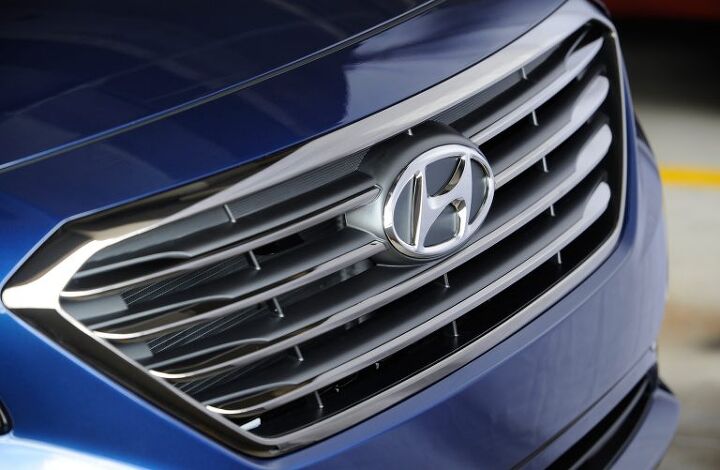
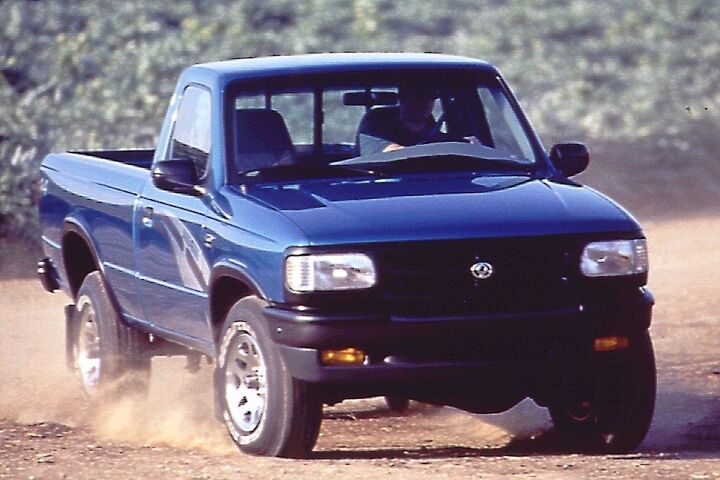



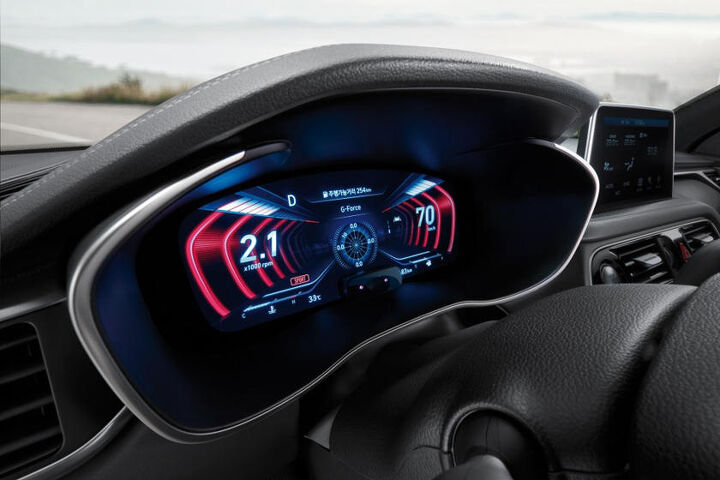

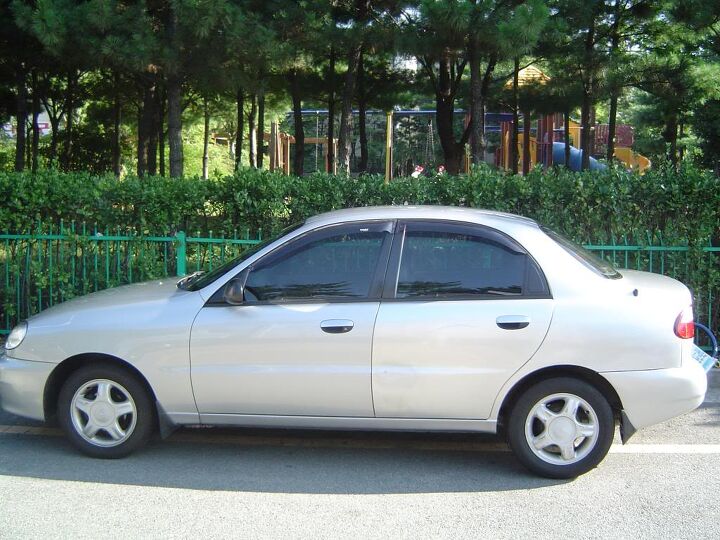
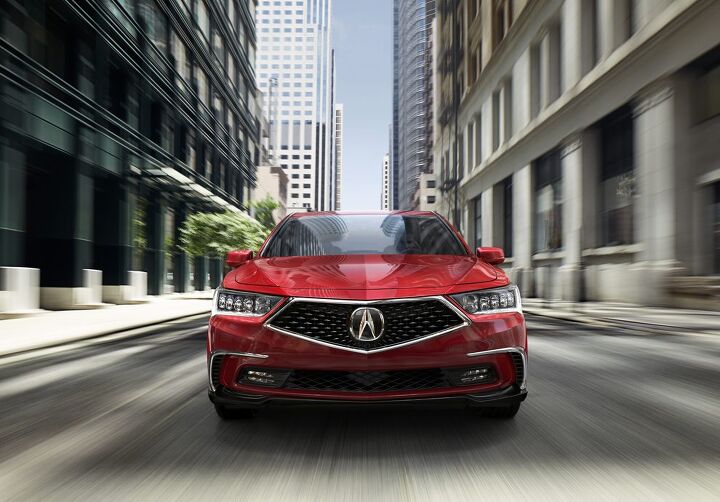

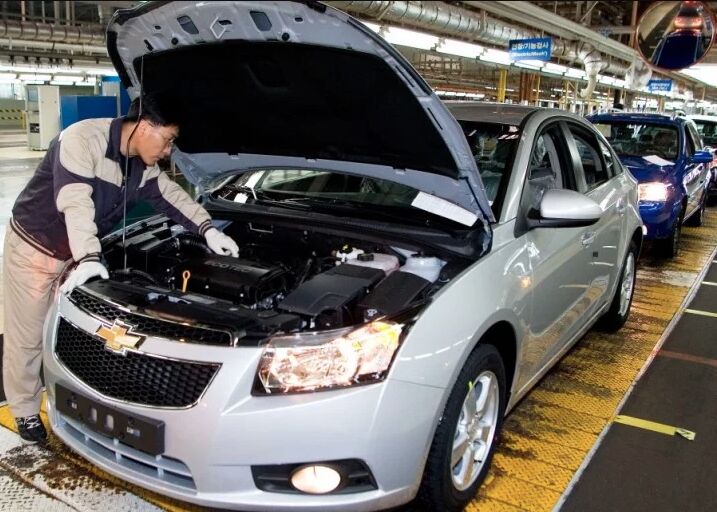
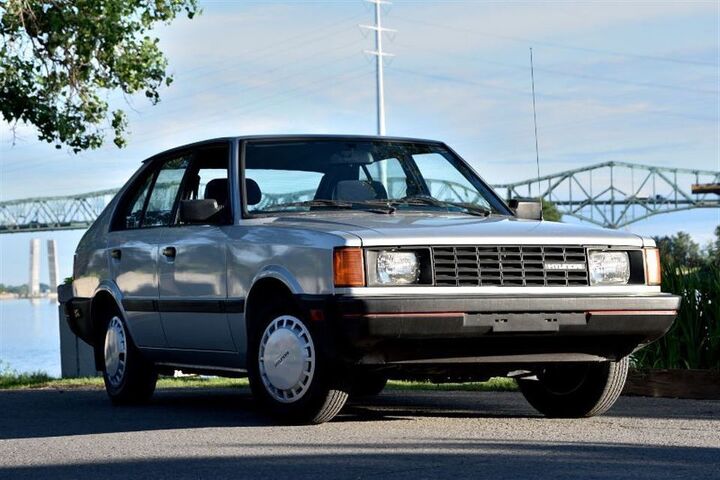


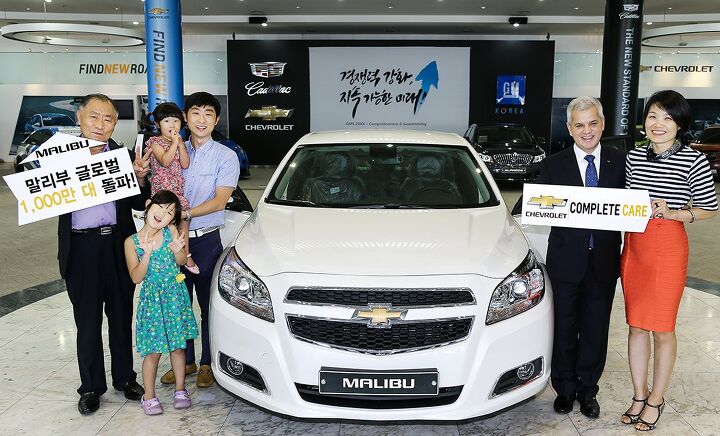











Recent Comments